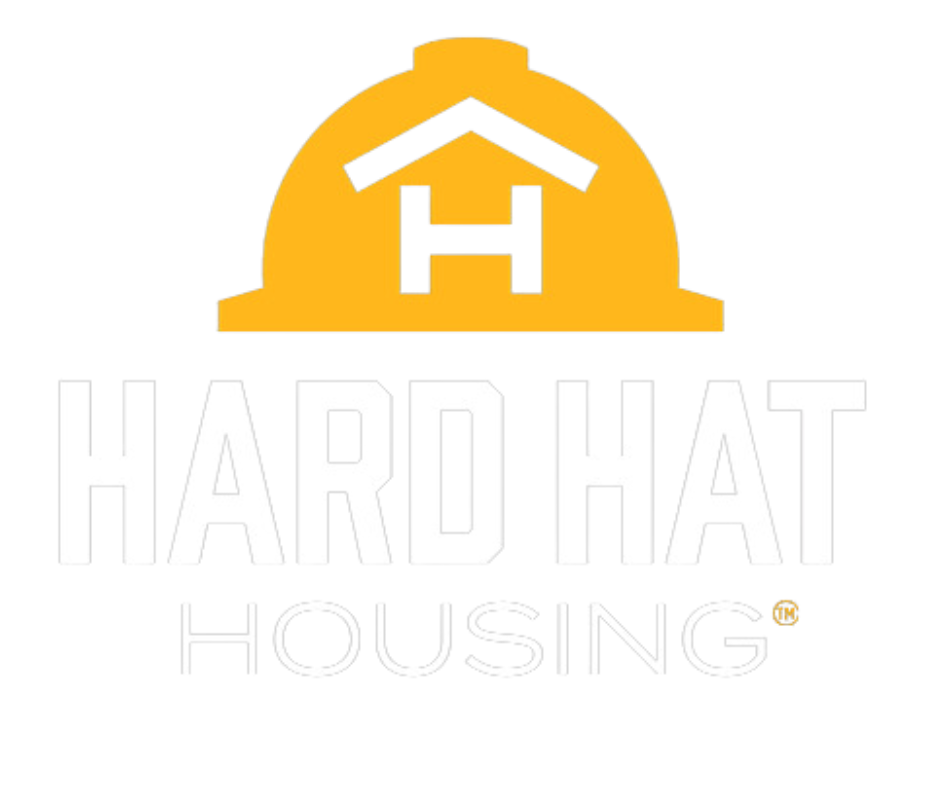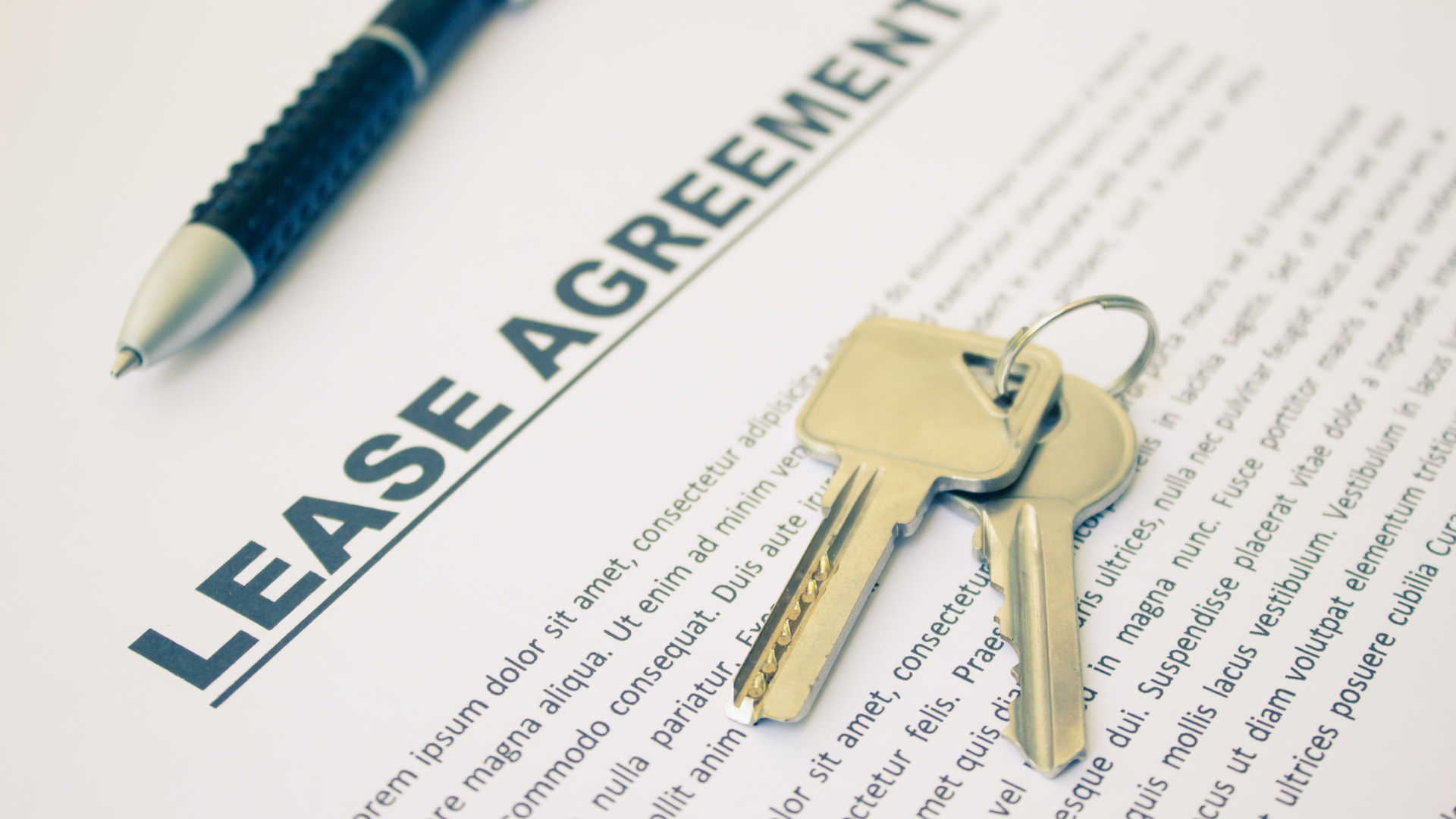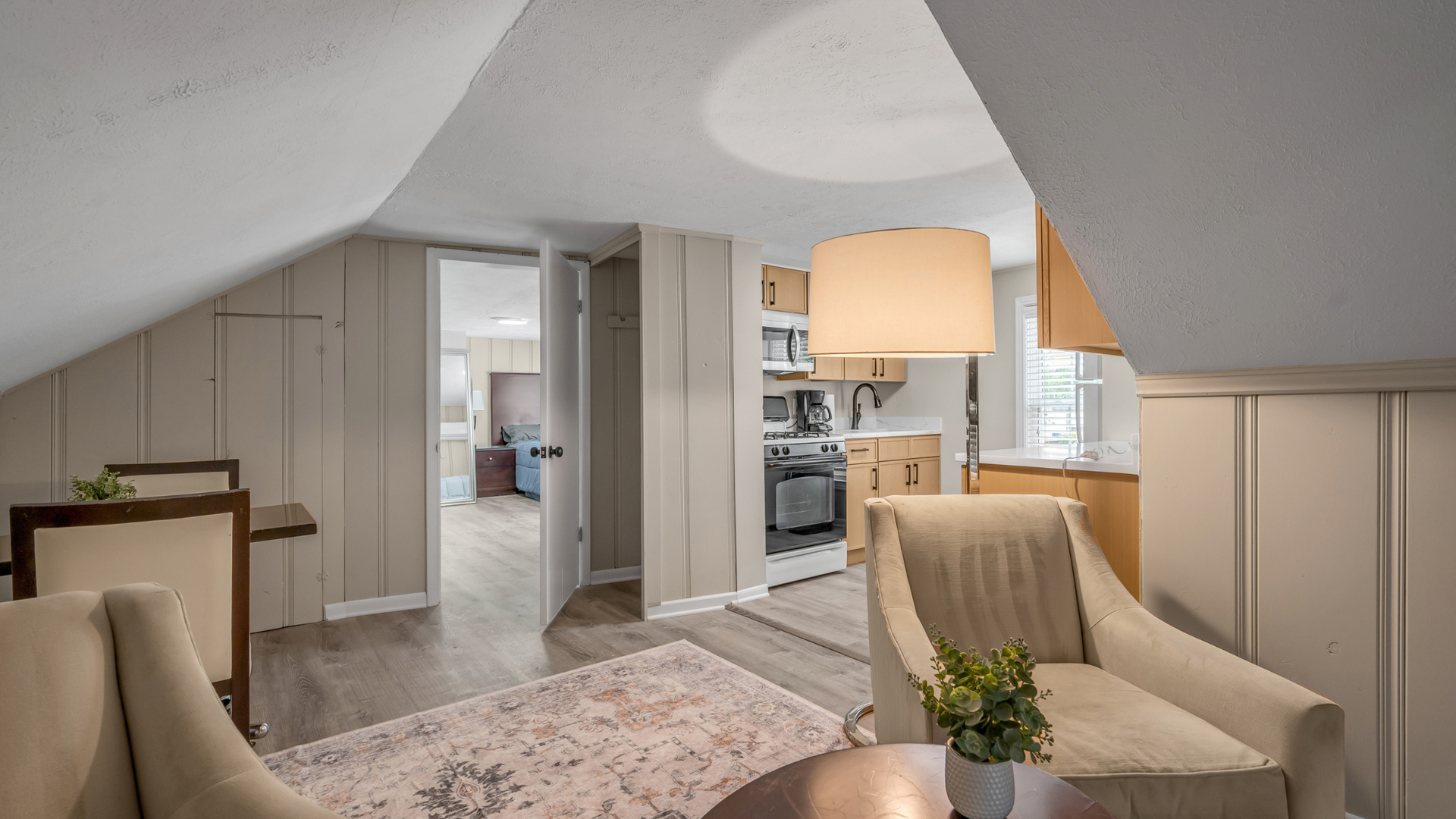What Makes Crew Housing ‘Morale-Boosting’?
Ask any superintendent what separates a steady, on‑schedule project from one that constantly feels behind, and you’ll hear a version of the same answer: people. Crews who sleep well, feel respected, and have a home base that actually works for their routines show up sharper, collaborate better, and stick around. That is what makes crew housing “morale‑boosting.” It is not fancy throw pillows or a big TV. It is the set of decisions that reduce fatigue, cut friction, and give workers a practical sense of control over their days. In the last year, researchers and real workers have underscored a simple truth: the way you house your crews affects safety, speed, cost, and retention. Below, we translate that evidence into a field‑ready playbook for crew housing, then show where Hard Hat Housing fits into the plan for U.S. construction teams. Fatigue and morale are not soft topics. They are dollars, deadlines, and lives.
Why morale belongs in every crew housing decision
Morale starts with sleep, and sleep drives safety.
Recent guidance from NIOSH highlights how work‑related fatigue erodes alertness and elevates injury risk, urging employers to actively manage fatigue hazards instead of accepting them as part of the job. Construction leaders do not control every variable on a site, but they can control where crews rest. When housing choices improve sleep quality, job performance and safety tend to follow. The Center for Work and Fatigue Research and NIOSH’s fatigue resources published in 2024 make the case that fatigue management is a core safety function, not a perk.
Fresh evidence from 2025 echoes this link between rest and outcomes.
A peer‑reviewed study on construction workers found that inadequate sleep measurably increased accident risk, reinforcing what foremen see in the field when long shifts meet long commutes. The takeaway for project teams is straightforward. You can fight fatigue at the source with housing that makes restorative sleep the norm, not the exception.
The features that actually boost crew morale
First, give people space to sleep and reset. Private or low‑density bedrooms in quiet homes support deeper rest than packed hotel rooms, especially on rotating or night shifts. That matters because fatigue cuts productivity and heightens errors, and the
National Safety Council warns that tired workers are less effective and more accident‑prone. In practical terms, a private bedroom and a firm quiet‑hours policy can return hours of usable energy to a crew member by midweek.
Second, make daily life less expensive and more predictable. Full kitchens and in‑unit laundry are not “nice to have,” they are morale multipliers. They reduce reliance on restaurant meals, save per diem dollars, and give workers healthier choices after long shifts. Reliable high‑speed internet belongs on the same list. Crews stream training videos, sync punch lists, and connect with family at night, so “meaningful connectivity” becomes part of mental health and retention. Recent reporting and surveys in 2024–2025 underline how Wi‑Fi is now core to work and life in the U.S., and teams are more satisfied when connectivity is fast and dependable.
Hotels vs. mid‑term rentals: what crews and budgets say
The housing format you choose shapes morale. Long hotel runs are common, yet even managers on industry forums are advising a shift to furnished apartments once assignments stretch past a few months. Workers repeatedly say that living out of a suitcase for 12 weeks drains them, while an apartment with laundry, a real fridge, and space to set down a tool bag feels like a base of operations, not a layover. These aren’t theoretical opinions. Over the past year, real discussions from working supers and managers point to hotels for short stints and furnished homes for extended work, specifically to preserve morale and productivity.
There is also hard math behind the cultural fit. For stays of 30 nights or longer, many U.S. jurisdictions offer hotel or transient occupancy tax exemptions that can materially lower total lodging cost. Texas explicitly exempts “permanent residents” after 30 consecutive days, and cities like Los Angeles and San Francisco have clear over‑30‑day exemptions or policies that reduce or remove the tax burden when handled correctly. That tax relief often helps fund private bedrooms and kitchens without blowing the budget. Combine those savings with market trends showing competitive monthly pricing for extended stays and corporate housing, and you can see how mid‑term rentals become both cost‑smart and morale‑friendly.
Proximity reduces commute fatigue and improves safety culture
Location matters as much as the floor plan. Longer commutes add stress, cut sleep time, and sap concentration before a worker ever touches a tool. Recent organizational psychology research links morning commute effort to the kind of emotional exhaustion that undermines daily performance. In other words, far‑flung lodging steals energy that should go to the job. Where you place housing becomes part of your safety plan. Shorter drives, especially for early starts, lower fatigue exposure and set a calmer tone for the day.
When crews live close to the site, supervisors also have an easier time reinforcing norms that keep people safe and respected. That includes consistent start times, transparent quiet hours, parking for work trucks and trailers, and clear rules for guests. These are small systems that act as morale insurance. When they are in place, crews feel like the company is thinking about their time and sanity. When they are missing, minor friction compounds. Hard Hat Housing’s own guidance emphasizes proximity to the job, private space, reliable utilities, and practical amenities as criteria when vetting properties, which aligns with the evidence above.
What to measure: five morale signals you can manage
Start with sleep quality. Ask leads to pulse the team midweek about noise, light, and interruptions. If sleep is inconsistent, adjust bedroom assignments or house rules immediately. That attention is not window‑dressing. The National Safety Council’s fatigue resources and NIOSH materials make it clear that reducing fatigue risk is a business imperative, not an HR slogan. Better sleep correlates with fewer near‑misses and steadier productivity, which protects schedule and margin.
Next, track the “daily hassle index.” Do crews waste time on laundry runs, hunt for parking that fits a dually and a trailer, or bounce between takeout spots because there is no kitchen? Each hassle is real money over multi‑month assignments. Many managers are now formalizing this feedback, then using it to justify the switch from hotel runs to mid‑term homes. In recent threads, construction travelers who moved into apartments for longer stints reported better routines and lower stress, which lines up with your per diem spreadsheet as restaurant spending drops.
Why Utilize Hard Hat Housing
Hard Hat Housing was built to operationalize these morale levers. The service sources home‑like, turnkey rentals near job sites, then standardizes the details that crews care about: private or low‑density sleeping setups, full kitchens, laundry, secure parking, and reliable utilities. For project teams, that produces fewer housing calls, fewer expense disputes, and one invoice instead of a stack of receipts. Our clients typically save 25 to 35 percent versus traditional hotels, which often covers the cost of better layouts and shorter commutes. In morale terms, it means you get both, not either‑or.
Field notes from the last 12 months
What do real workers say right now, not five years ago?
In 2025 threads, traveling supers and managers called out the strain of long hotel runs and urged companies to secure furnished apartments for multi‑month assignments. The reasons were specific and practical: access to laundry, a real kitchen, and space to decompress after ten‑hour days. Those comments may be anecdotal, but they reflect a broad undercurrent you can feel on sites nationwide. Listening to them will help you field crews that stay longer and make fewer mistakes.
At the same time, the cost backdrop keeps shifting. Managers note that hotel rates vary widely by market and season, and that per diem expectations have risen. One common theme from recent discussions is that hotel life loses its appeal quickly when projects stretch, while mid‑term rentals feel like the better value for both wallets and well‑being. Pair that sentiment with your local tax rules for stays over 30 days and you have a compelling financial case to go the morale‑boosting route.
Morale‑boosting crew housing is not a mystery. It is the disciplined application of a few truths that the last year’s data and worker voices both confirm. Better sleep leads to safer, steadier work. Kitchens, laundry, and strong internet lower stress and strengthen routines. Proximity trims commute fatigue and sets the tone for the day. Over 30 nights, the right booking structure and tax treatment can trim total cost while upgrading living quality. Put together, these choices create crews who show up ready, help one another more, and take pride in the job.
If you want housing that lifts morale without blowing the budget,
contact Hard Hat Housing today. We will source crew housing near your site, set up practical amenities that matter to your people, and streamline billing into a single invoice so your team can stay focused on the work.













